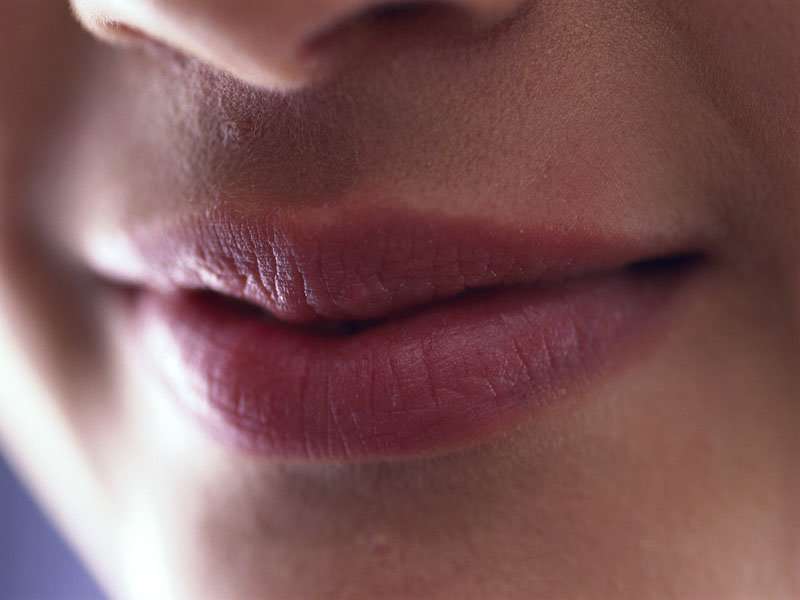Multivector gracilis muscle flap viable for facial reanimation

(HealthDay)—The gracilis flap can be designed as a functional double paddle flap for a multivector facial reanimation after facial paralysis, according to a study published online March 22 in JAMA Facial Plastic Surgery.
Kofi O. Boahene, M.D., from the Johns Hopkins University School of Medicine in Baltimore, and colleagues examined the feasibility of a multivector gracilis muscle flap design for reanimation after facial paralysis in a prospective analysis of 12 patients. The gracilis muscle was harvested as a double paddle flap and inserted along two vectors.
The researchers found that flaps were reinnervated with facial and masseteric nerves, with masseteric nerves only, and with crossfacial nerves only in five, five, and two patients, respectively. In all cases there was functional muscle recovery. On average, 3.1 additional maxillary teeth were exposed when smiling post-treatment (5.5 versus 8.6). There was improvement in the mean exposed maxillary gingival scaffold width, from 31.5 to 43.7 mm. No significant difference was seen in interlabial exposure at midline; at the level of the canines there was a 56.4 percent improvement. There was a reduction in the mean facial asymmetry index when smiling, from 9.1 to 4.5 mm. In four patients, dynamic wrinkling of the periorbital area with smiling was noted.
"The multivector gracilis flap design is effective in improving all components of the smile display zone and has the potential for producing periorbital-wrinkling characteristic of a Duchenne smile," the authors write.
More information: Abstract/Full Text
Copyright © 2018 HealthDay. All rights reserved.


















